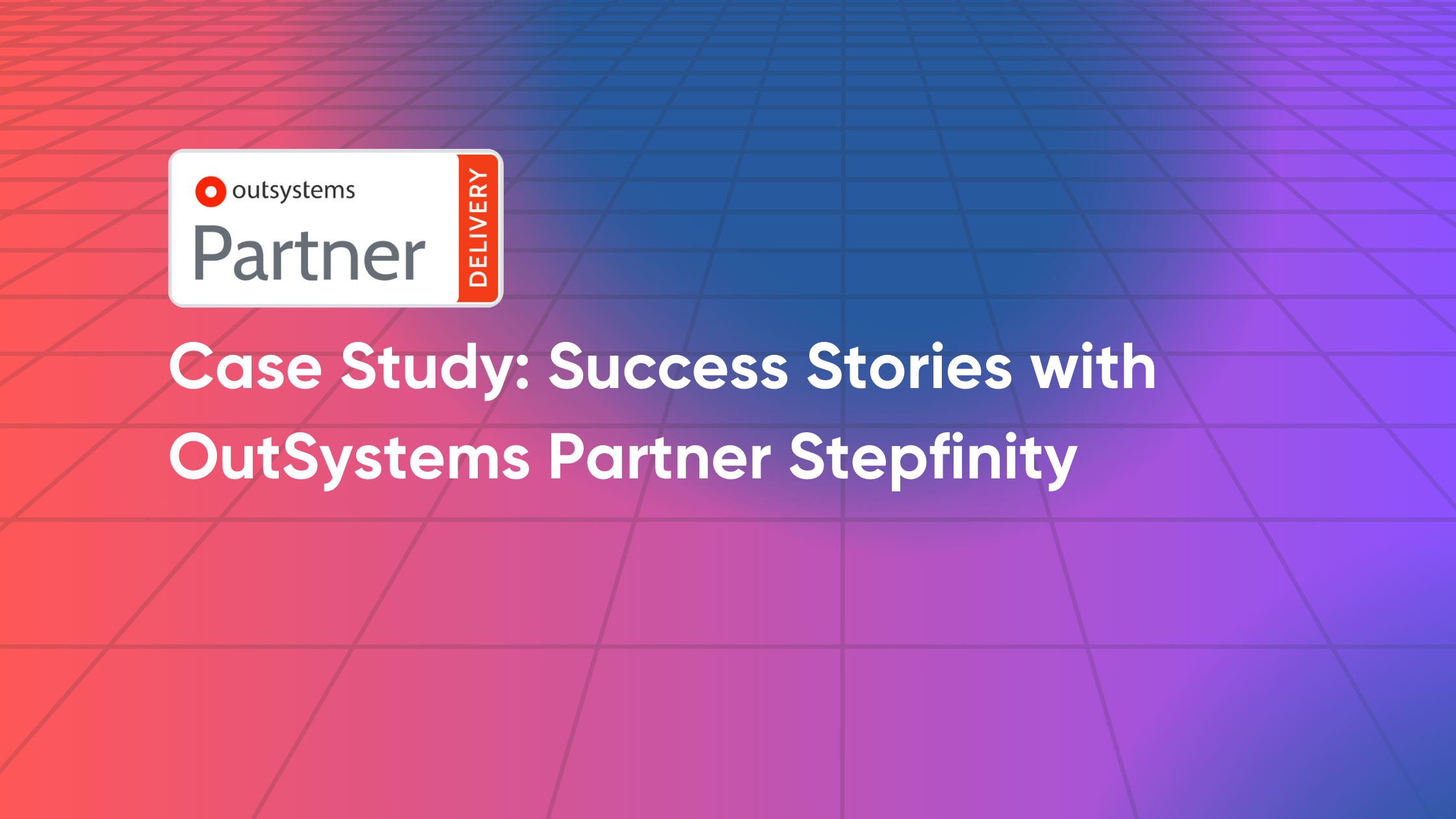As technology advances, the integration of OutSystems with cloud computing emerges as a game-changer, offering unparalleled scalability, flexibility, and performance to application development. Leveraging OutSystems in the cloud holds immense potential for businesses seeking agile and efficient solutions. Let’s explore how this amalgamation empowers developers to maximize scalability and performance.
1. Seamless Scalability: The marriage of OutSystems with cloud infrastructure enables effortless scalability. Cloud platforms provide on-demand resources, allowing applications to scale up or down dynamically based on changing demands. OutSystems, in conjunction with the cloud, facilitates the rapid expansion of applications without the constraints of physical infrastructure.
2. Enhanced Performance: Cloud-based deployments of OutSystems translate to improved performance. Leveraging the cloud’s distributed infrastructure and advanced technologies enhances application responsiveness and reliability. Users experience faster load times and seamless interactions, contributing to an enhanced user experience.
3. Optimized Resource Utilization: Cloud-native OutSystems deployments optimize resource utilization. Through auto-scaling features, applications efficiently allocate resources, ensuring optimal performance during peak usage periods while minimizing costs during off-peak times. This efficiency results in a more cost-effective and responsive application ecosystem.
4. Global Reach and Accessibility: Deploying OutSystems in the cloud extends the reach of applications globally. Cloud providers offer a network of data centers across regions, enabling developers to host applications closer to end-users. This proximity reduces latency and ensures consistent performance regardless of users’ geographic locations.
5. Agile Development and Collaboration: Cloud-based OutSystems facilitates agile development and collaboration. Teams can work concurrently on projects, access shared resources, and implement continuous integration and deployment pipelines. Cloud-native features enable seamless teamwork, fostering a more streamlined and efficient development process.
6. Robust Security Measures: Integrating OutSystems with cloud platforms allows for robust security measures. Cloud providers offer advanced security features, including encryption, access control, and compliance certifications. Combined with OutSystems’ security protocols, this ensures a secure development and deployment environment.
To maximize the potential of OutSystems in the cloud, developers must leverage best practices:
- Optimize Architecture for Cloud: Design applications with cloud scalability and resilience in mind, utilizing microservices and serverless architectures.
- Cost Optimization: Monitor and optimize resource usage to manage costs effectively while ensuring optimal performance.
- Continuous Monitoring and Optimization: Implement tools for monitoring and performance analysis to identify bottlenecks and optimize applications continually.
- Security Compliance: Adhere to security best practices and compliance standards to safeguard applications and data stored in the cloud.
In conclusion, the synergy between OutSystems and cloud computing heralds a new era of scalable, high-performance application development. By harnessing the capabilities of both, businesses can build resilient, responsive, and cost-effective applications that cater to the dynamic needs of modern users in a globally connected world.








